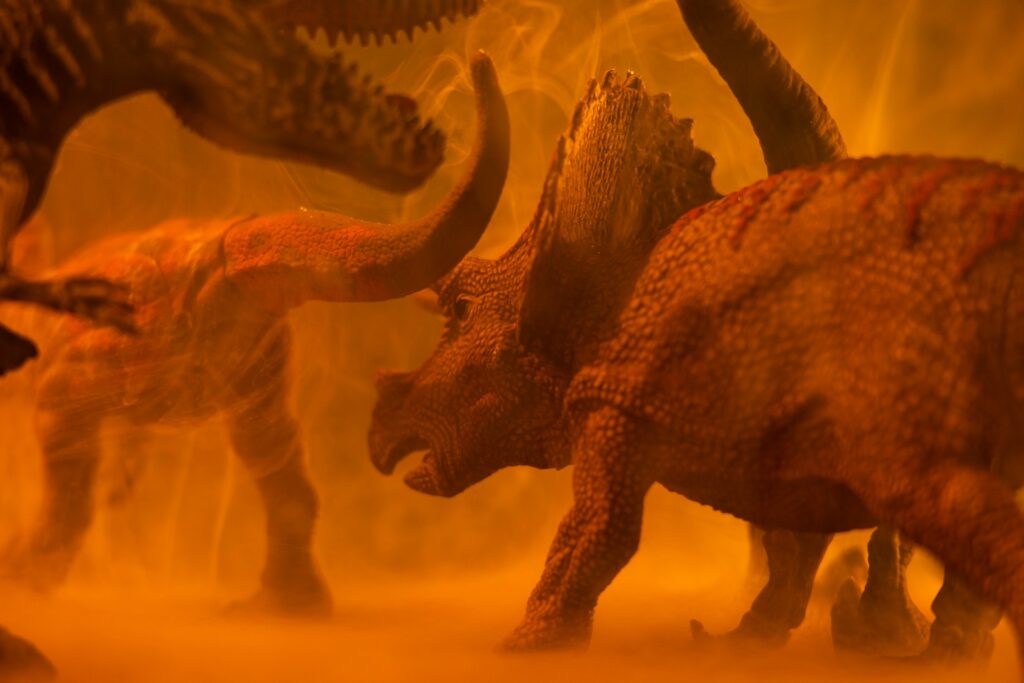The animal kingdom has featured some of the most formidable horned creatures throughout evolutionary history. Among these, the prehistoric Triceratops and the modern rhinoceros stand out as iconic symbols of natural defensive weaponry. Both evolved impressive horns and powerful bodies, but they existed millions of years apart, making this hypothetical battle a fascinating cross-temporal thought experiment. This article explores how these magnificent horned creatures might fare against each other if they somehow met in their respective primes, examining their physical attributes, defensive capabilities, and survival adaptations to determine which might emerge victorious in a head-to-head confrontation.
The Prehistoric Powerhouse: Introducing Triceratops
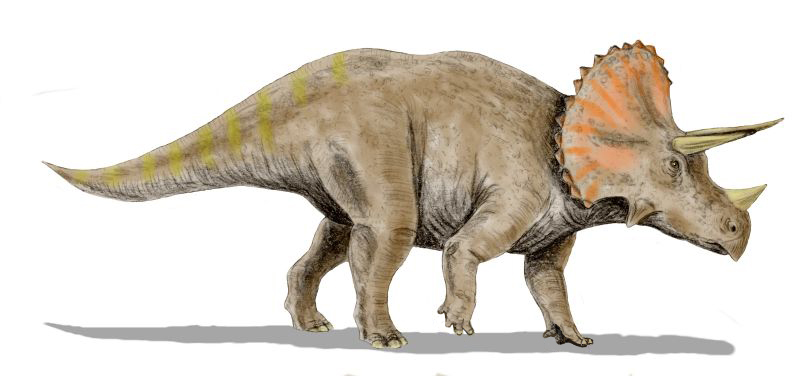
Triceratops was one of the last non-avian dinosaurs to exist before the Cretaceous-Paleogene extinction event, which occurred approximately 66 million years ago. This massive herbivore measured up to 30 feet long and could weigh between 6 and 12 tons, making it one of the largest ceratopsians. Its most distinctive feature was its enormous skull, which could reach over 8 feet in length, adorned with two massive brow horns that extended up to 3 feet and a smaller nasal horn. The “three-horned face” (which is what Triceratops means in Greek) was complemented by a large bony frill extending from the back of its skull, providing neck protection and possibly serving display purposes. These adaptations made Triceratops exceptionally well-equipped to defend itself against predators like Tyrannosaurus rex in its prehistoric environment.
The Modern Tank: Understanding the Rhinoceros

The modern rhinoceros represents one of nature’s most impressive land mammals, with five extant species spread across Africa and Asia. The largest species, the white rhinoceros, can reach lengths of 12-13 feet and weigh up to 7,700 pounds, while the smallest, the Sumatran rhino, weighs around 1,300-2,000 pounds. Their most notable feature is their horn (or horns, depending on the species), composed of keratin—the same protein found in human fingernails and hair. The white and Indian rhinos possess a single prominent horn, while the black, Sumatran, and Javan rhinos sport two. Their thick, armored skin provides additional protection, measuring between 1.5-5 centimeters thick, and forming plate-like structures that work as natural body armor. Modern rhinos also possess surprising speed, with some species capable of reaching 35 miles per hour despite their massive bulk.
Size Comparison: David vs. Goliath?
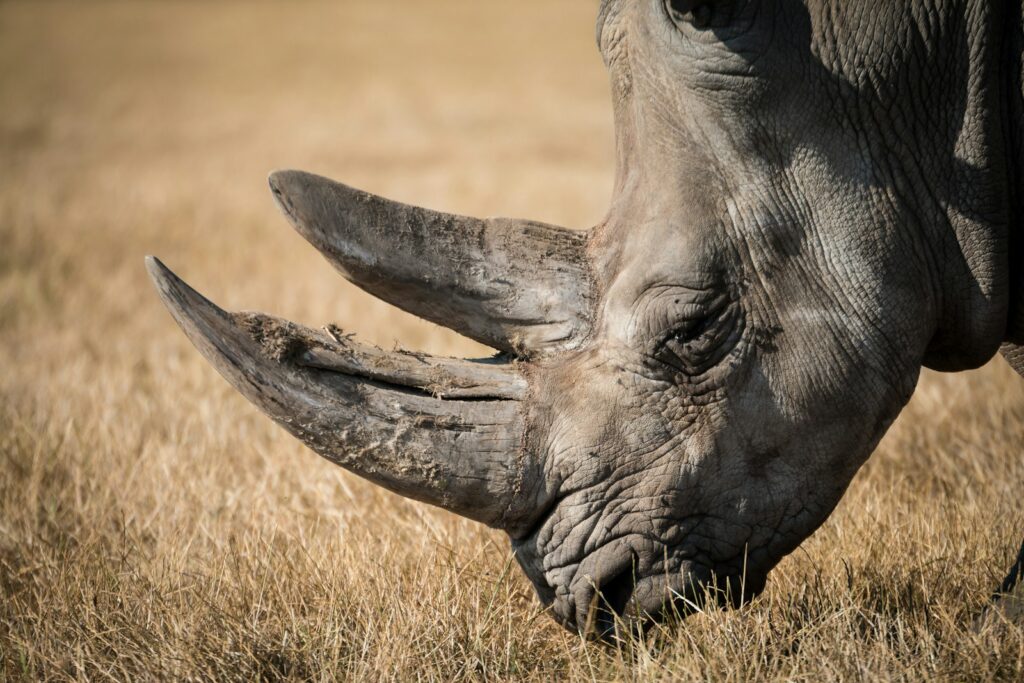
When comparing physical dimensions, Triceratops outclasses even the largest modern rhinoceros. The dinosaur could reach lengths of 30 feet and weights of 12 tons (24,000 pounds), dwarfing even the white rhinoceros, which tops out around 13 feet and 7,700 pounds. This size discrepancy represents a significant advantage for Triceratops in any potential confrontation, as mass and leverage play crucial roles in animal confrontations. The prehistoric ceratopsian would have approximately three times the weight of the largest rhino species, giving it tremendous momentum in any charging scenario. Additionally, Triceratops stood taller at the shoulder than modern rhinos, giving it a potential height advantage that would allow it to leverage its weight more effectively during a confrontation.
Weaponry Analysis: Horns and Defense Structures
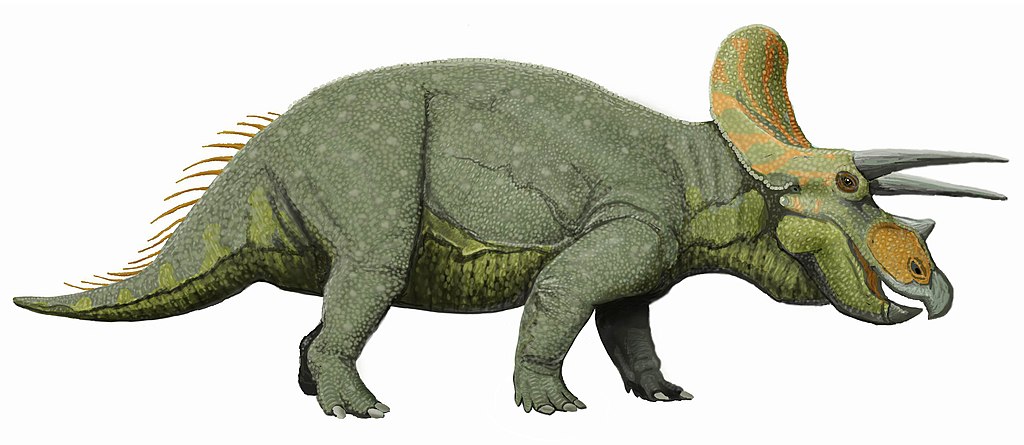
The weaponry of these two species evolved for different primary purposes but converged on similar solutions. Triceratops possessed two massive brow horns that could reach up to 3 feet in length, made of solid bone as extensions of its skull, along with a shorter nasal horn. These bony projections were likely primarily for defense against predators like T. rex, though they may have also served in competition between males. In contrast, rhinoceros horns consist of keratin fibers, similar to compacted hair, without a bony core. While potentially less durable than the solid bone horns of Triceratops, rhino horns have impressive penetrating power, with the record length for a rhino horn exceeding 5 feet in some historic specimens. The key difference lies in composition rather than just size—bone provides structural strength, while keratin offers flexibility that may prevent breakage during impacts.
Defensive Adaptations: Beyond the Horns
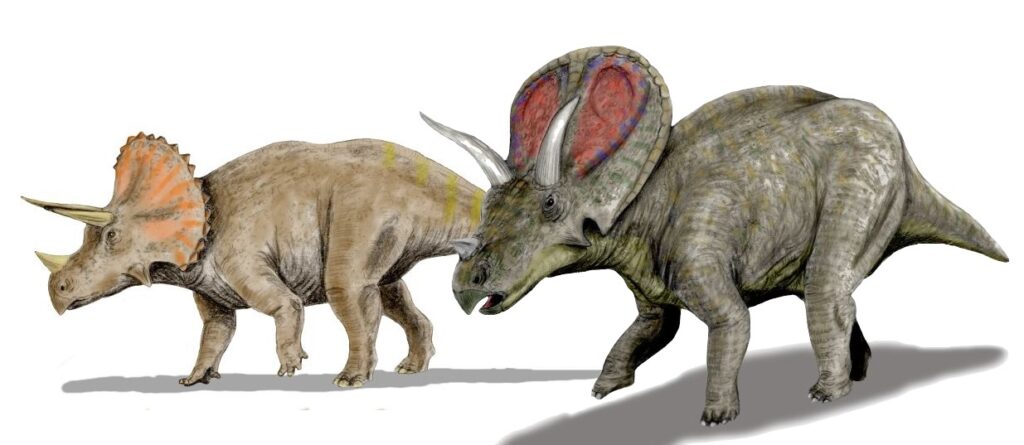
Both animals evolved additional defensive features beyond their prominent horns. Triceratops possessed a remarkable bony frill extending from the back of its skull that could span over 6 feet across, providing crucial protection for its neck region, a common target for predators. This frill contained fenestrae (openings) in some specimens that may have reduced weight while maintaining structural integrity. The rhinoceros, conversely, developed incredibly thick skin that forms natural armor plates across its body. These skin folds can be up to 2 inches thick in certain species, providing significant protection against predator attacks. Additionally, the rhino’s relatively small, protected eyes and ears minimize vulnerable points. These supplementary defensive adaptations demonstrate how both animals evolved comprehensive protection systems suited to their specific environmental threats.
Speed and Mobility: The Agility Factor

Mobility would play a crucial role in any confrontation between these horned titans. Modern rhinoceroses can achieve impressive bursts of speed despite their bulk, with the black rhino capable of reaching speeds up to 35 mph (56 km/h). They also display surprising agility, able to make quick turns and pivot their massive bodies effectively during charges. Triceratops, based on paleontological evidence and biomechanical models, likely moved more slowly, with top speed estimates ranging from 15-20 mph. However, what Triceratops might have lacked in agility, it compensated for with sheer mass and momentum. The dinosaur’s longer body and four-legged stance provided stability during forward charges, potentially making it more effective in confrontations. This mobility difference suggests the rhino might have an advantage in maneuverability, while Triceratops would dominate in head-on engagements.
Combat Strategy: How Each Would Approach the Fight

Based on observed behavior in modern rhinoceroses and paleontological evidence for Triceratops, we can hypothesize their likely combat approaches. Modern rhinos typically rely on intimidation displays first—foot-stomping, snorting, and mock charges—before committing to actual combat. When fighting, they employ low, upward sweeping motions with their horns, attempting to gore the underside of opponents. Triceratops likely utilized its massive skull as both shield and weapon, lowering its head to present its horns toward threats while using its frill to protect its neck. Fossil evidence suggests Triceratops engaged in active combat, as demonstrated by specimens showing healed horn injuries consistent with intraspecific competition. The dinosaur’s strategy would likely involve using its superior weight to overwhelm opponents through direct charging, while the rhino might attempt more strategic strikes, utilizing its greater agility to target vulnerable areas.
Environmental Adaptation: Different Worlds, Different Warriors
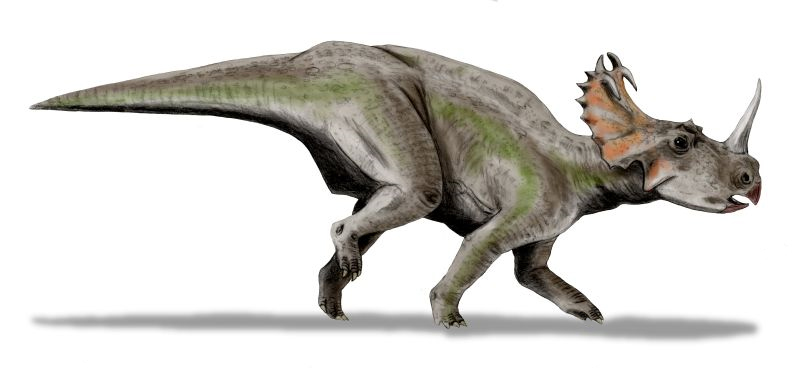
The environments that shaped these animals differed dramatically, influencing their evolution and fighting capabilities. Triceratops evolved during the Late Cretaceous period (68-66 million years ago) in what is now western North America, inhabiting forested floodplains and coastal swamps. This habitat, along with the presence of apex predators like Tyrannosaurus rex, necessitated robust defensive adaptations against powerful bite forces and ambush tactics. Modern rhinoceroses, by contrast, evolved in more open African savannas or dense Asian forests, facing predators like lions, tigers, and hyenas that typically attack in groups and target vulnerable body parts. These different environmental pressures resulted in distinct evolutionary priorities—Triceratops developed massive size and bone-crushing resistance, while rhinos evolved speed, agility, and piercing weaponry. These adaptations reflect specialized responses to their respective ecological challenges rather than universal combat effectiveness.
Stamina and Endurance: The Long Game

Endurance capabilities would significantly influence the outcome of a prolonged confrontation. Modern rhinoceroses, while capable of impressive speed bursts, aren’t known for sustained high-energy output. Their cardiovascular systems evolved for periodic activity with recovery periods, not prolonged combat. Triceratops, based on comparisons with both modern reptiles and mammals, likely possessed relatively high anaerobic capacity but potentially limited aerobic endurance. Its massive size would have provided significant energy reserves, but also required substantial oxygen delivery. Evidence from bone histology suggests Triceratops had an elevated metabolism compared to modern reptiles, though likely not at mammalian levels. In a prolonged engagement, Triceratops might have had the advantage of greater mass-specific energy reserves, while the rhinoceros could potentially recover more quickly between exertions. This creates a scenario where the outcome might depend heavily on whether the confrontation was resolved quickly or dragged into a war of attrition.
Intelligence and Fighting Experience: The Cognitive Edge
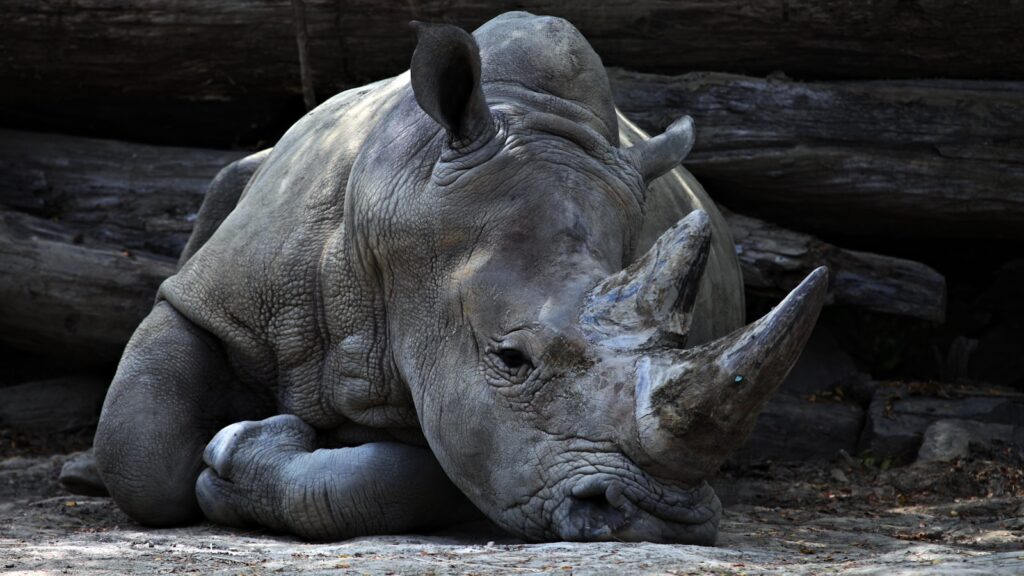
Cognitive capabilities and learned fighting behaviors would influence combat effectiveness beyond pure physical attributes. Modern rhinoceroses possess mammalian brains with relatively advanced processing capabilities compared to reptiles. They demonstrate spatial memory, recognition of threats, and learned defensive behaviors. Mother rhinos teach calves appropriate responses to dangers, creating generational knowledge transfer. Triceratops, while possessing one of the largest brain-to-body ratios among dinosaurs, likely had more limited cognitive capabilities based on reptilian brain architecture. However, paleontological evidence suggests they were social animals that may have developed coordinated defense strategies against predators. The mammalian advantage in neural processing and learned behavior might give rhinos an edge in tactical adaptation during combat, potentially compensating somewhat for their size disadvantage through more sophisticated fighting techniques.
Vulnerability Assessment: Targeting Weak Points
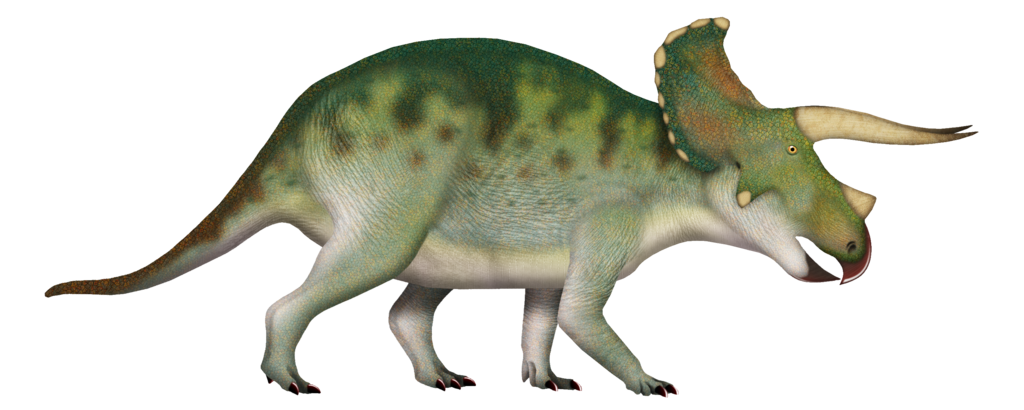
Every combatant has vulnerabilities that could be exploited in a confrontation. Triceratops’ most obvious vulnerability would be its legs, which supported its massive weight but might be susceptible to impacts from below. Additionally, the underside of its body lacked the bony protection of its skull and frill. However, its low-slung posture would make these areas difficult to target. The rhinoceros, despite its armored hide, has several vulnerable points, including its relatively exposed belly, the areas behind its legs, and its eyes. Its smaller size relative to Triceratops would make more of its body accessible to attack. Another consideration is the durability of their respective weapons—the keratin horns of rhinos can break or wear down with use, whereas the solid bone horns of Triceratops would likely withstand more repeated impacts. This vulnerability analysis suggests that while both animals have exploitable weaknesses, the rhino presents more accessible target areas due to its smaller size.
Scientific Verdict: The Likely Outcome
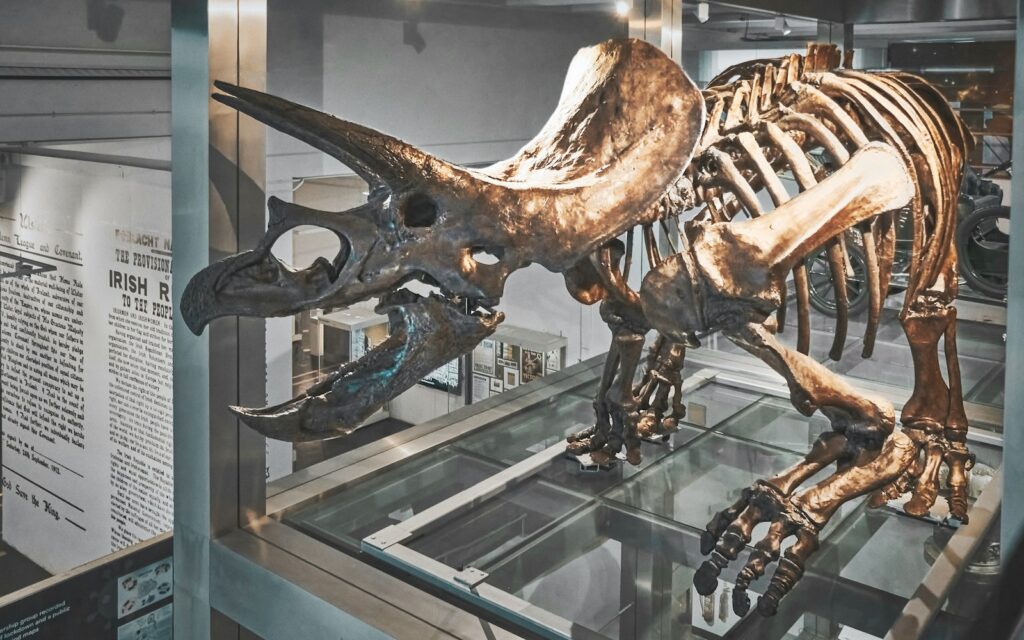
Based on the comprehensive analysis of physical attributes, weaponry, and adaptive traits, paleontologists and zoologists generally agree that Triceratops would likely emerge victorious in a confrontation with a modern rhinoceros. The primary factors supporting this conclusion include the dinosaur’s substantial size advantage (roughly three times the mass), its larger and more durable bone-based horns, and the extensive protection provided by its frill. While the rhinoceros possesses advantages in agility and potentially cognitive adaptation, these benefits would likely be insufficient to overcome the sheer physical dominance of Triceratops in a head-to-head engagement. Computer simulations modeling impact forces suggest Triceratops could generate significantly more momentum during charges, potentially overwhelming even the formidable defensive capabilities of a rhinoceros. However, in scenarios allowing for hit-and-run tactics or environmental advantages, the outcome could become less predictable.
Conclusion: Appreciating Evolutionary Marvels
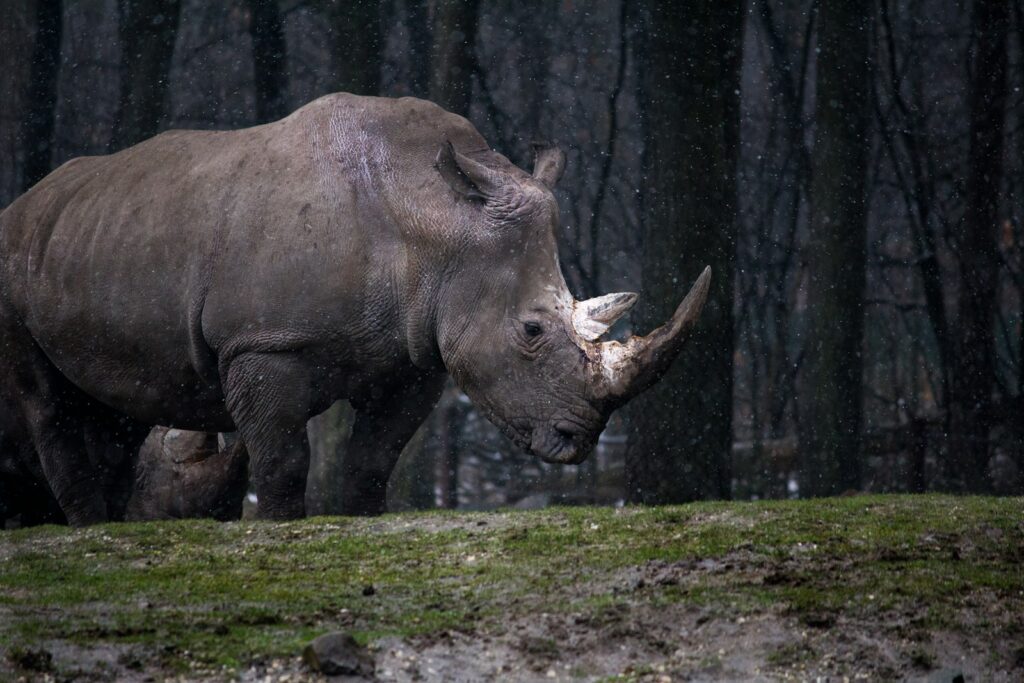
While this hypothetical battle captivates our imagination, it’s important to recognize that both Triceratops and modern rhinoceroses represent extraordinary evolutionary success stories, perfectly adapted to their respective environments and periods. Rather than viewing them through the lens of combat superiority, we should appreciate how each represents the pinnacle of defensive adaptation within its ecological context. Triceratops survived and thrived among some of history’s most fearsome predators, while rhinoceroses have persisted for millions of years across changing landscapes. The true wonder isn’t in determining a hypothetical victor, but in understanding how convergent evolution produced similar solutions to survival challenges across vastly different periods. Today, as rhinoceros species face unprecedented threats from human activities, our focus should shift from imaginary battles to real-world conservation efforts to ensure these living relics of prehistoric times continue to survive into the future.

